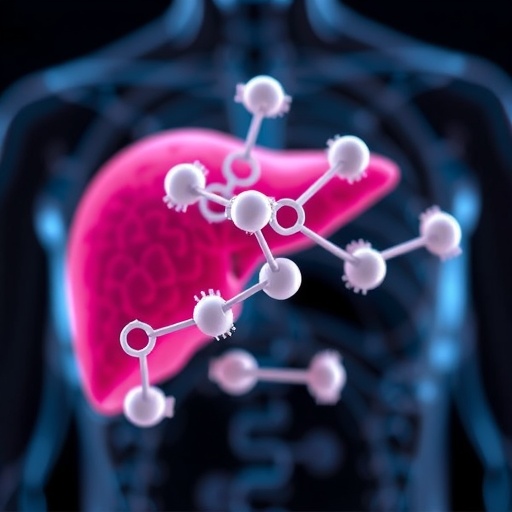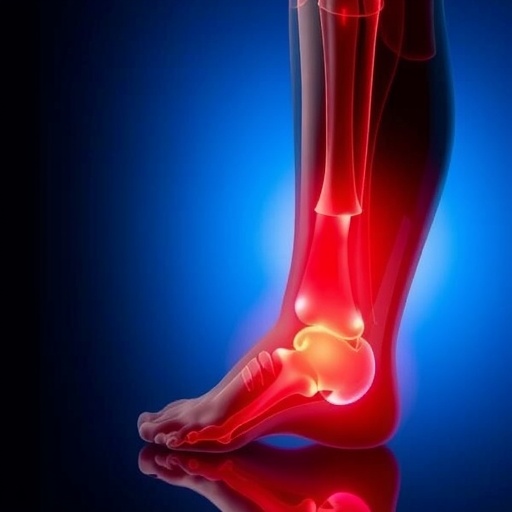Milan, Italy: Mesothelioma patients are twice as likely to survive for two years or longer, if they are treated with a high dose of radiation to the affected side of the trunk, according to research presented at the ESTRO 38 conference.
Mesothelioma is a rare but aggressive form of cancer that grows in the layers of tissues surrounding the lungs. It is usually caused by exposure to asbestos. Patients typically only live for a year or two following diagnosis and treatment options are very limited.
The study looked at patients whose cancers could not be completely removed with surgery and the researchers say their findings have the potential to change treatment and outcomes for this group of patients.
The study was led by Dr Marco Trovo MD, chief of the Radiation Oncology Department at University Hospital of Udine, Italy. He said: “There is an urgent need for more effective treatments for mesothelioma. Surgery can be given to these patients, but it is often impossible to remove all of the tumour.
“Patients with mesothelioma are sometimes given radiotherapy to help control their symptoms. However, radiotherapy has evolved dramatically in the last few years so we wanted to see if it could now be used to prevent the cancer from spreading to nearby tissue, hopefully bringing improvements in survival.”
The study involved 108 patients with malignant pleural mesothelioma who were treated at the National Cancer Institute of Aviano, Italy, between 2014 and 2018. All were given surgery to remove some tumour tissue, followed by chemotherapy.
Half were randomly assigned to receive radical hemi-thoracic radiotherapy, meaning the radiation was delivered to either the left or right side of their trunk, depending on where the tumour was located. This involved 25 treatments delivering a total dose of 50 Gy to the left or right side of the trunk, as well as an extra 60 Gy dose to the precise location of the tumour. The other patients received a more typical palliative form of radiotherapy. This involved five to ten treatments delivering a total dose of 20-30 Gy to the precise location of the tumour.
Of the patients who received the aggressive radiotherapy treatment, 58% were still alive two years later. In the patients who received the palliative radiotherapy, 28% were still alive two years later.
Around 20% of patients receiving radical hemi-thoracic radiotherapy suffered radiation pneumonitis (inflammation of the lung). Other sides effects included weakness, nausea and mild inflammation of the oesophagus.
Dr Trovo said: “This research shows a clear survival benefit in using this type of radiotherapy for mesothelioma patients whose tumours can only partially be removed by surgery. We believe that this should be considered the new standard of care for these patients.”
He hopes that even greater gains in survival could be made by treating patients with radiotherapy followed by targeted immunotherapy (where the body’s own immune system is encouraged to fight cancer cells).
Professor Umberto Ricardi, President of ESTRO and head of the Department of Oncology at the University of Turin, Italy, who was not involved in the research, said: “This is an extremely positive result that brings good news to patients with this rare and difficult-to-treat cancer. To ensure these patients benefit from this type of treatment, it’s important that they are referred to a specialist cancer centre with the right expertise and equipment to carefully plan and deliver the most effective radiotherapy treatment, and manage any side effects that occur.”
###
Media Contact
Kerry Noble
[email protected]




